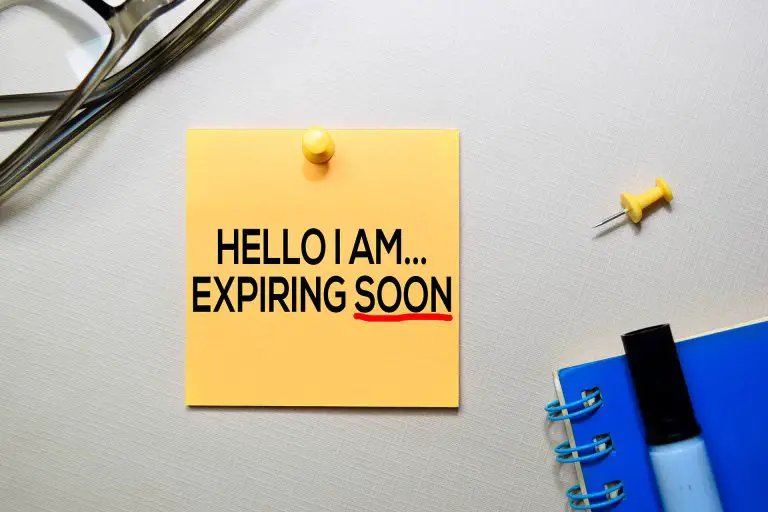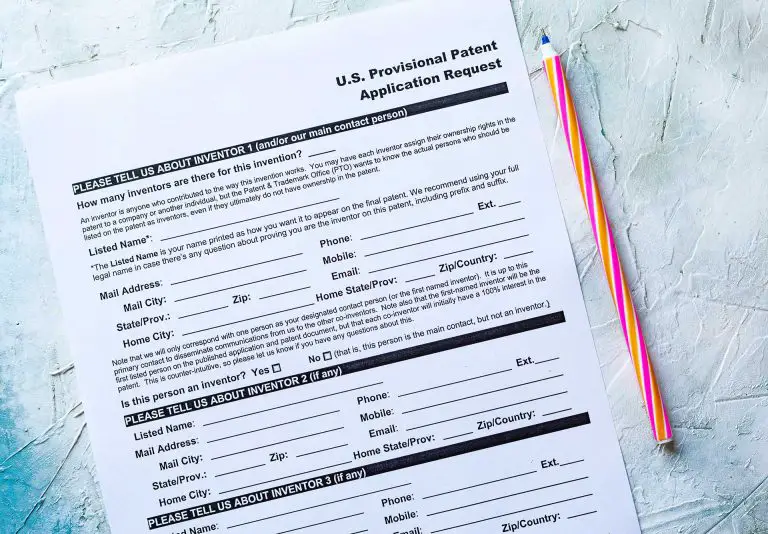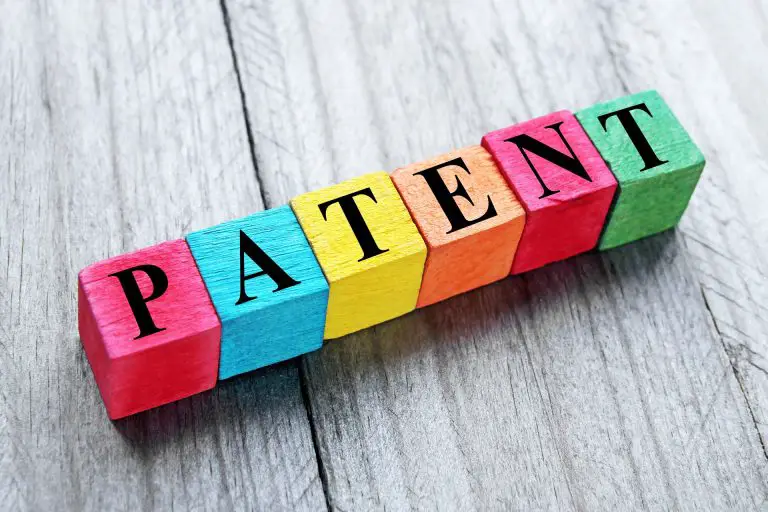Are Drawings Required for Design Patents?
Design patents are granted by the USPTO to protect new, unique designs that are applied to physical objects. The patent office allows inventors to protect the ornamental appearance as applied to an article or the configuration or shape of an article or the combination of the two. So, does an applicant for a design patent have to submit drawings of the design with his design patent application? We will answer this below.
Are Drawings Required For Design Patents?
Absolutely! Yes, drawings are required for design patents. In fact, the drawings that have to be submitted along with a design patent application are the most important element of the entire application. According to the USPTO, “every design patent application must include either a drawing or a black and white photograph of the claimed design.”
The patent office places so much emphasis on the inclusion of drawings in the design patent application because the drawings make up the entire visual disclosure of the claimed design, therefore having clear and concise drawings of the design to be patented is of utmost importance.
The first paragraph of 35 U.S.C 122 states that the drawings or photographs that have to be submitted with your design patent application must include drawings of the different views of your design. This is so that an applicant discloses the appearance of the design he’s claiming in his design patent application. So, what drawings should you include with your design patent application? We will answer this below.
What Drawings Should You Include For Your Design Patent?
The USPTO requires that the drawings are made in black inc on white paper. If an applicant wishes, he can include black and white photographs instead of the drawings we just described.
The drawings you submit must be on double white photographic paper and you must remember to include the drawings figure numbers on the face of each drawing or photograph. If you’re including photographs instead of black and white drawings, make sure that you do not include the environment (background) of the photograph, only show the design and the object to which it is applied.
So, does the patent office accept color photographs or drawings? The USPTO states that it does accept color photographs or drawings in design patent applications only if the USPTO granted a petition under 37 CFR §1.84(a)(2), in which an applicant for a design patent explains why colored drawings or colored photographs are necessary for the design.
When Should You Prepare the Design Patent Drawings?
The drawings for a design patent should be prepared once you have settled on a design that you want to use. Once you have the design you want to protect, you should prepare drawings for your design patent application.
Many applicants make the mistake of preparing design patent drawings early in the process while they’re developing the design. They should not do that, they should only prepare the design patent drawings once they have finalized the design. Any changes to the design should be reflected in the patent drawings, to ensure that the exact design is protected.
If the drawings are different from the design you want to protect, you will only be protecting the design that’s in the drawings and not the design you actually have. As a general rule of thumb, the design should be prepared as close to the launch of the design to be patented as possible.
What Drawing Views Should You Include for a Design Patent?
According to the USPTO, the drawings or photographs that you include should include different views of the design you want to patent, this includes the following views:
- Front view
- Top view
- Bottom view
- Rear view
- Right side view
- Left side view
- Perspective view
That said, while the perspective view is not required, the patent office encourages its inclusion to show the appearance and shape of three-dimensional designs.
The patent office does not require you to include views that are duplicates of other views to be omitted from the application. For example, if the right and left sides of your design are identical, you can include a drawing or photo of only one of the sides.
Surface Shading for Design Patent Drawings
The drawings you include with your design patent application should include proper shading that accentuates the contours of all of the surfaces and to distinguish open and solid areas of the design. Here is an example of the surface shading for design patent drawings.

Solid shading is not permitted by the patent office unless it’s used to represent the color black. If the drawings an applicant includes do not completely show the shape of the design, the patent office may consider it as new matter. New matter is typically not protected as part of the patented design.
Broken Lines for Design Patent Drawings
Patent applicants should be used by an applicant to demonstrate that the portion indicated by the broken lines is not part of the design that’s to be patented. Said differently, broken lines should be used to indicate the part of the design that is not claimed as part of the design to be patented.
Here is an example of the broken lines used in a design patent application:

The broken lines are here are used to show that the portion to be protected is the lid portion of the thermostat that is drawn using solid black lines. The portion referred to by the arrows is not claimed as part of the design to be patented.
Focus on the Important Portions of Your Design
When making drawings for your design patent application, you should focus on the unique and important portions of your design. If the entire design is important, then you or your artist should focus on the entire design, making sure to include all of the details that you want to protect with your design patent.
For example, look at the thermos we’ve included above. If the unique portion is the top portion of the thermos, focus on that portion as the applicant did in the thermos design patent shown above. If you draw out and focus on the lower portion of the thermos, you will limit your design patent to the thermos. By including the broken lines, the applicant told the patent office that the lid is the main focus of the patent, allowing the applicant to use the lid on various different thermoses.
For a competitor to infringe upon the thermos patent, all he would have to do is copy and sell the lid portion of the thermos. One he copies the design of the lid, you’ll be able to sue him for patent infringement.
Strict Rules for USPTO Design Patent Drawings
Just remember that the rules for USPTO drawings are strict and will determine the scope of your design patent. If you don’t have experience making drawings for design patents, it’s best that you hire a professional artist who specializes in USPTO drawings. Artists typically charge between $50 to $100 per drawing.
Hire a Patent Attorney to Assist with Your Design Patent Application
The USPTO provides some great resources for design patent applicants on their website. However, those seeking a design patent will benefit greatly from hiring an attorney to assist them with the preparation and filing of their patent application. Design patent law may appear easy and simple, but making even seemingly minor mistakes can get your design patent rejected, costing you more money and time in the long run.
Why Are Design Patent Drawings Important?
Design patent drawings are important because they identify the design that an applicant wants to protect. Drawings and photos speak louder than any words could in the realm of design patents. Without attaching clear and concise drawings and photos to your design patent application, the patent office and the public will not know what you’re trying to protect.
As previously mentioned, you should include the views of your design that the patent office requires. If you choose not to include a certain view, explain to the patent office why you didn’t include it.
Just remember, that once you’ve submitted your design patent application, you cannot make any changes to the drawings. Anything that’s added will be considered a new matter that’s not protected unless you file another design patent application claiming that new matter.
Design Patent Drawings
As we have illustrated in this article, design drawings are not only necessary for a design patent application, but are the most important of the entire application. The drawings you submit will define the scope of your design patent, so paying close attention to detail is a requirement. So, make sure that the drawings you submit accurately portray the design you’re seeking to protect with a patent.







